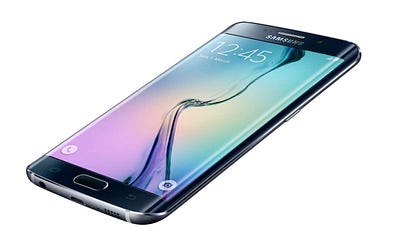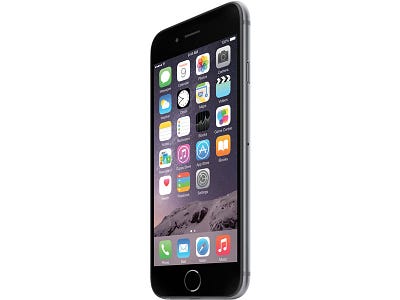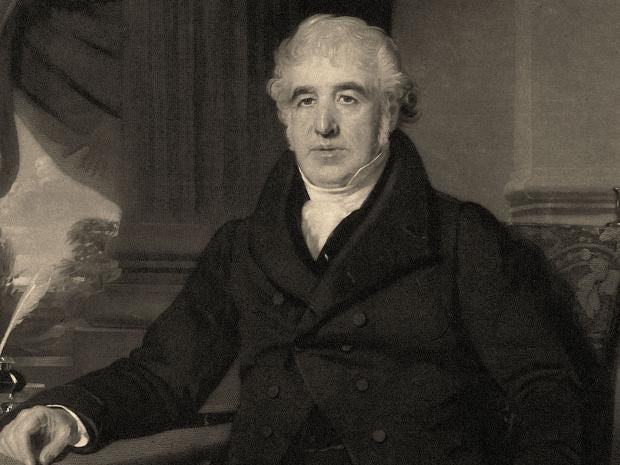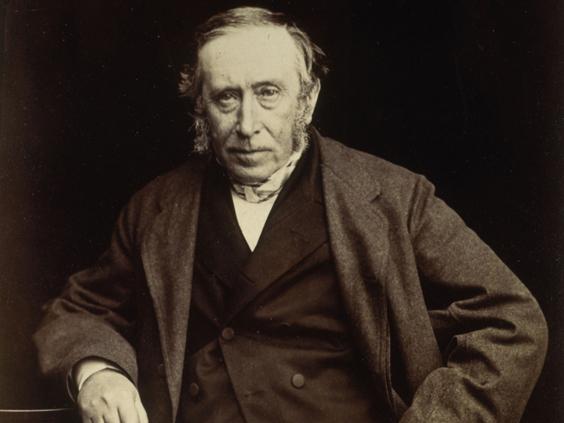I owe it to the people who helped me in my life to reach back and give these kids an opportunity. It's been in my heart since I can remember.
—Keion Carpenter, 2010
Charity begins at home, Keion Carpenter believed. So when he retired from pro football in 2005, the Woodlawn alumnus returned to his roots and set up shop. He established sports camps, outreach programs and nonprofit organizations bent on empowering disadvantaged youths throughout Baltimore.
“I never had the resources to do that,” he told The Baltimore Sun at the time, “but now God has allowed and provided me the platform.”
Keion Eric Carpenter, 39, died Thursday morning, a day after he fell in a “freak accident” while running with his son, a relative said. He struck his head, lost consciousness and slipped into a coma while on vacation in Miami with his wife and four children. Carpenter died at Jackson South Community Hospital in Miami, a family spokesperson said.

Keion Carpenter starred at Woodlawn High in Baltimore and was an All-Metro honoree by The Sun in the 1990s before playing at Virginia Tech and then in the NFL. Carpenter, who ran a foundation -- The Carpenter House -- in his hometown,
died Dec. 29, 2016 in Miami. He was 39.
(Sean Welsh)
A cause of death was not known Thursday. His death resonated deeply with those who knew him.
“None of us want to believe it,” said Aaron Maybin, a former
NFL player and Mount Hebron alum who lives in Baltimore. “I don't want to think about life without him, and how many people he touched through his athletics and nonprofit work. Keion gave and gave and gave and gave; that's the example he set.
“If you could talk to him right now, he'd say, ‘I'm all right with it — just make sure my kids are straight.' God broke the mold when he made Keion, and he spent his life doing God's work.”

Photo gallery: Newsmakers and celebrities who died in 2016.
Carpenter founded The Carpenter House in 2005 with a mission “to strengthen and empower families from disadvantaged backgrounds by providing them access to resources, activities and structured environments,” according to the organization's website.
One of the Carpenter House key components is Shutdown Academy, which offers football and cheerleading programs along with academic instruction. The academy has sponsored football camps in Baltimore, run by Carpenter and program co-founders Maybin and Bryant Johnson — also a Baltimore native and former NFL player.
According to the Carpenter House website, more than 3,000 families and youngsters have participated in the program.
Carpenter gave from the soul, said Tommy Polley, who played football and basketball at Dunbar when Carpenter was at Woodlawn. Polley, another former NFL player, once spent the holidays helping Carpenter pass out toys and bicycles to wide-eyed youngsters in city neighborhoods.
“You felt his passion and concern when he talked to kids,” Polley said. “Keion was one of our own, a man we could touch ... a role model in every sense of the word. Nobody can replace all that he meant to Baltimore.”
Baltimore Mayor Catherine Pugh issued a statement on Carpenter's death:
“His talent on the turf gained him national notoriety as an accomplished athlete, and at home, he won our hearts as a beloved community champion with an uncompromising will to reclaim neglected neighborhoods and improve the lives of the underprivileged. There is a piece of Keion that lives in us all, and though he will be sorely missed, his legacy is everlasting through the good deeds and people he impacted throughout his life.”
A 1995 graduate of Woodlawn, Carpenter starred in two sports, football and basketball. In football he made The Sun's All-Metro first team at defensive back. Blessed with 4.4-second speed in the 40-yard dash, he made seven interceptions his senior year; as the Warriors quarterback, he passed for 16 touchdowns and ran for six more.
“We just couldn't compete with his speed,” Patapsco coach Al Bennetta said of Carpenter after a loss to Woodlawn. “I backed my cornerback up five yards a couple of times, but he said he never even saw No. 7 [Carpenter] go by.”
A star guard in basketball, he led the Warriors to a 20-2 mark as a junior and once scored 14 points within four minutes in a victory over Franklin. But Carpenter, who once described himself as a high school “hardhead” with a “terrible attitude” toward academics, had his share of run-ins with coaches and staff.
“Keion was a fighter, an underdog, but he never let that discourage him,” said Brian Scriven, his football coach at Woodlawn and a former principal there. “He gave coaches headaches while trying to find himself, but he did a whole lot more right than wrong, which opened doors for him. The light bulb came on when he got to
Virginia Tech and he realized that you don't always get second chances in life.”
At Virginia Tech, Carpenter played safety, a mercurial 5-foot-11, 205-pound pillar. In a 21-7 win over Miami, he returned an interception 100 yards for a touchdown and a school record. His college coach, Frank Beamer, remembered him as “one of the rocks around which we built our program ... in the 1990s.”
An undrafted free agent in 1999, Carpenter signed with the
Buffalo Bills and played three years there before being traded to Atlanta. In 2003, he intercepted two
Brett Favre passes in the
Falcons' 27-7 upset of the Green Bay Packers in a wild-card playoff game. A starter most of his career, Carpenter retired in 2006 with 14 career interceptions, a bad back and further aspirations.
Although he lived in Buford, Ga., he was always in Baltimore. His first stop after retiring: his alma mater, Woodlawn, where he walked the halls, mentored students and helped coach football.
“I want my presence, being here, to be an inspiration to them,” he told The Sun. “Hopefully, they can look at me and say, ‘Wow, this guy, he went to school here — he made it. He went on to college, went on to the pros, and now he's giving back.'”
It's the mantra that shaped the last years of his life.
“Are we going to save everybody? No. But all we need is one. All we need is two. That keeps us going. That keeps us encouraged to keep fighting,” Carpenter once said.
Carpenter's legacy is that his work will go on, colleagues said. But that doesn't lessen the pain of his passing.
“I can't make sense of this,” Maybin said. “Baltimore is a city where, growing up, you're never too far removed from death. It's almost too common an occurrence here. The saddest thing is that, in spite of how many people we've lost, and the ways that we've lost them, I can still make sense of how it happened. But losing Keion? I can't accept it.
“I'm going to ask God about this one for a long time.”
Carpenter is survived by his wife, Tonia Carpenter; four children, ages 7 to 16; and his parents, Teresa and William Harris of Baltimore.
Plans for funeral services are incomplete.







